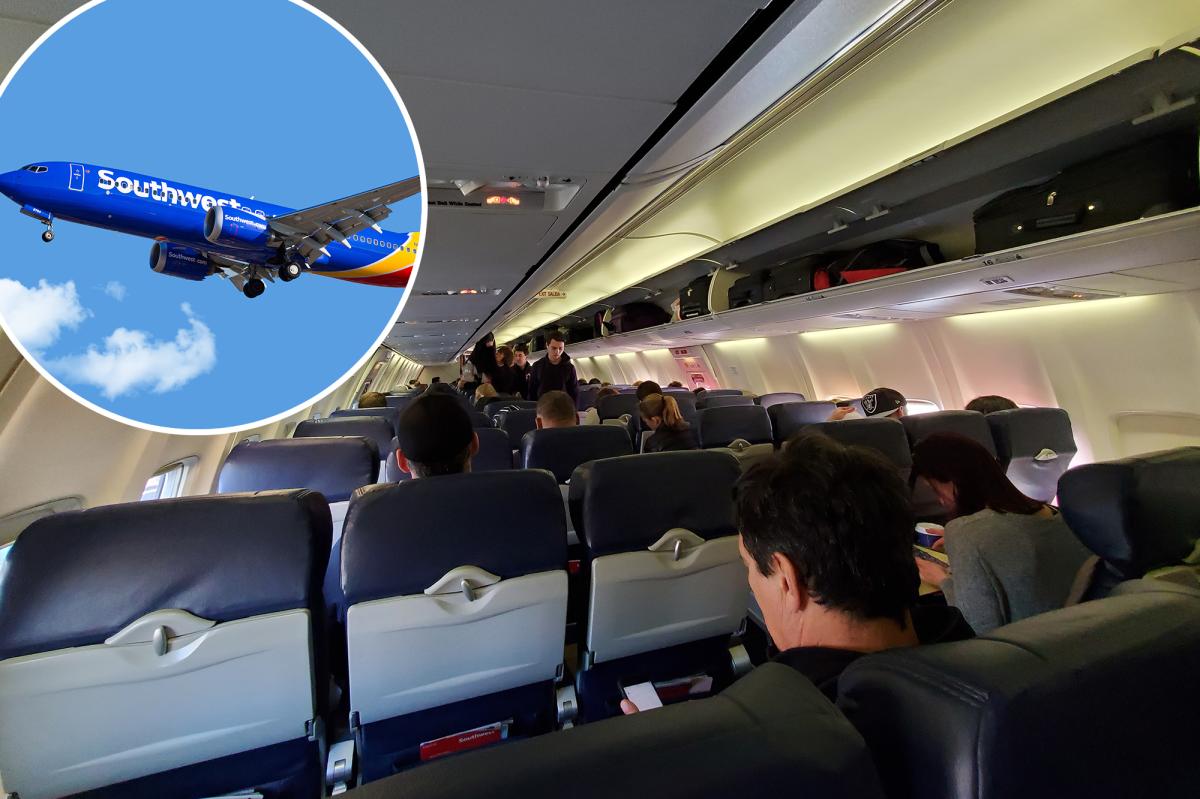After more than five decades of its iconic open seating policy, Southwest Airlines is undergoing a significant transformation. Starting January 27, 2026, the airline is introducing assigned seating and a new boarding process that prioritizes window seats and frequent flyers. This move marks a considerable shift from its long-standing ‘choose your own seat’ tradition and aims to improve efficiency and passenger experience. However, it has sparked mixed reactions from travelers accustomed to the airline’s unique approach.
This article will delve into the details of these changes, exploring how the new boarding system works, who benefits most, and what it means for the average flyer. We’ll also examine the potential impact on popular travel habits, such as carry-on luggage strategies, and provide tips for navigating the updated system to ensure a smooth and stress-free travel experience. Whether you’re a loyal Southwest flyer or an occasional traveler, understanding these changes is crucial for planning your future trips.
Understanding the New Boarding Process
Southwest Airlines is moving away from its traditional boarding system to a more structured approach, impacting how passengers board their flights. The new system introduces assigned seats and prioritizes boarding based on seat location and flyer status. This change aims to streamline the boarding process and improve overall efficiency.
Here’s a breakdown of the key elements:
- Assigned Seats: Passengers will now have assigned seats, eliminating the open seating policy.
- Boarding Groups: Flyers will receive boarding passes with a group and a number (1-8), unless they have priority boarding.
- WILMA Method: After priority boarding, Southwest will implement the WILMA method—window, middle, and aisle—for boarding. Passengers with window seats board first, followed by middle seats, and then aisle seats.
Lisa Hingson, Managing Director of Innovation at Southwest Airlines, emphasized the importance of efficient queuing, stating,
“If queuing isn’t good, boarding isn’t good. So we spent a lot of time studying queuing.”
This focus on queuing efficiency is at the heart of the new boarding strategy.
Priority Boarding and Perks
While the new system aims to be more organized, certain perks will grant some passengers earlier boarding privileges, regardless of their seat assignment. These perks include frequent-flier status, specific ticket types, seat types, or holding a Southwest Airlines credit card.
Passengers with these perks will be placed in boarding groups 1 or 2, allowing them to board before others, even if their assigned seats are towards the back of the plane. This prioritization means that those sitting in standard economy seats near the front may find themselves in later boarding groups.
According to the Wall Street Journal, a passenger with seat 12C, typically a desirable economy seat, was assigned to boarding group 7. This illustrates how seat location alone no longer guarantees early boarding.
The WILMA Method: Window, Middle, Aisle
Southwest will primarily use the WILMA method, after priority boarding is complete. This method dictates that passengers in window seats board first, followed by those in middle seats, and lastly, those in aisle seats.
Passengers in window seats will board first, followed by those in middle seats and aisles, starting at the back of the plane, allowing for a more streamlined boarding experience.
Potential Drawbacks for Some Passengers
While the new system offers potential benefits, it also presents some drawbacks, especially for passengers in standard economy seats. With priority boarding given to those with perks, passengers in the front of the plane without elite status may find themselves boarding later than before.
This can lead to challenges such as limited overhead bin space for carry-on bags. Passengers accustomed to the open seating policy may find the new system less flexible and potentially more stressful if they are not among the first to board.
Last-Minute Priority Boarding Option
Southwest plans to offer a last-minute Priority Boarding option with dynamic pricing. This allows passengers to pay an additional fee to join the priority boarding group, which boards before group 1.
The pricing will vary depending on the flight. For instance, the Wall Street Journal noted a one-way Phoenix-Dallas flight offered this option for $93. Passengers with disabilities and active-duty military members will continue to board first, maintaining their priority status.
Clarity on Boarding Passes
To help passengers adjust to the new system, boarding passes will clearly indicate whether the passenger has a window, middle, or aisle seat. This clarity aims to reduce confusion and ensure a smoother transition for those unfamiliar with the new boarding process.
Lisa Hingson emphasized the importance of clear communication, stating,
“Since we’re moving away from boarding positions, we wanted to be very clear about the difference between a boarding position and a seat.”
Key Takeaways and Future Implications
Southwest Airlines’ transition to assigned seating and the WILMA boarding process signifies a major shift in the airline’s approach to passenger experience. Effective January 27, 2026, these changes aim to enhance efficiency and streamline boarding, but they also introduce new considerations for travelers.
For frequent flyers and those with airline-affiliated credit cards, the new system could be a boon, offering consistent priority boarding and increased chances of securing preferred seating. However, passengers in standard economy may face challenges, such as limited overhead bin space and later boarding times.
Ultimately, the success of these changes will depend on how well Southwest communicates the new policies and how effectively they are implemented. As passengers adapt, it will be crucial to stay informed and plan accordingly to ensure a smooth travel experience. Whether these changes will enhance or detract from Southwest’s appeal remains to be seen, but one thing is certain: the era of open seating is coming to an end.

Leave a Reply